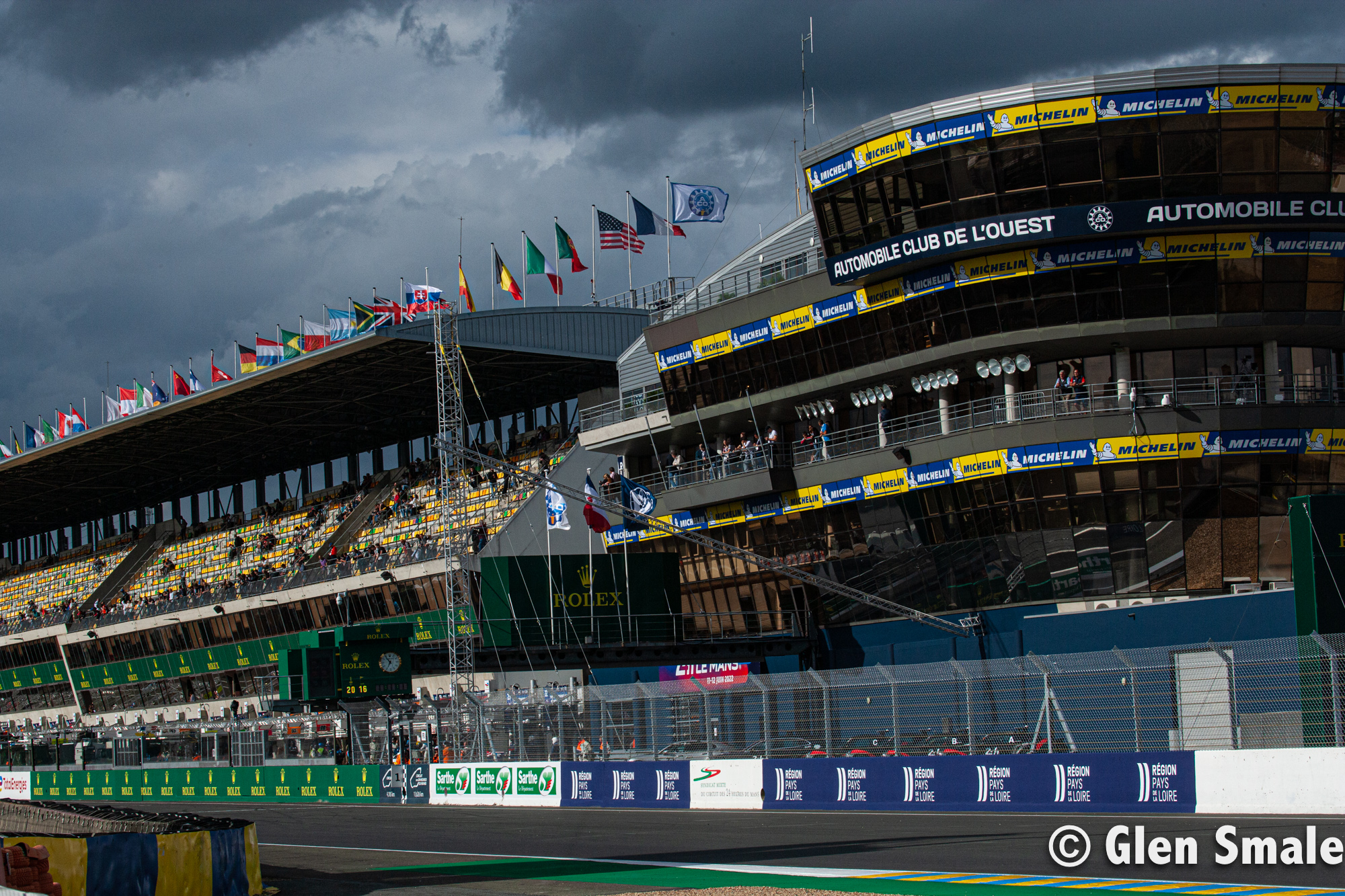
Without doubt, this race is recognised as the most important, the most charged and the one that everyone who is anybody in endurance racing wants to drive in or watch from the stands. In particular, this year, being the 99th year since its inception, there are great expectations and high anticipation for the growth of the event on the international stage, especially following two difficult years during the covid pandemic.
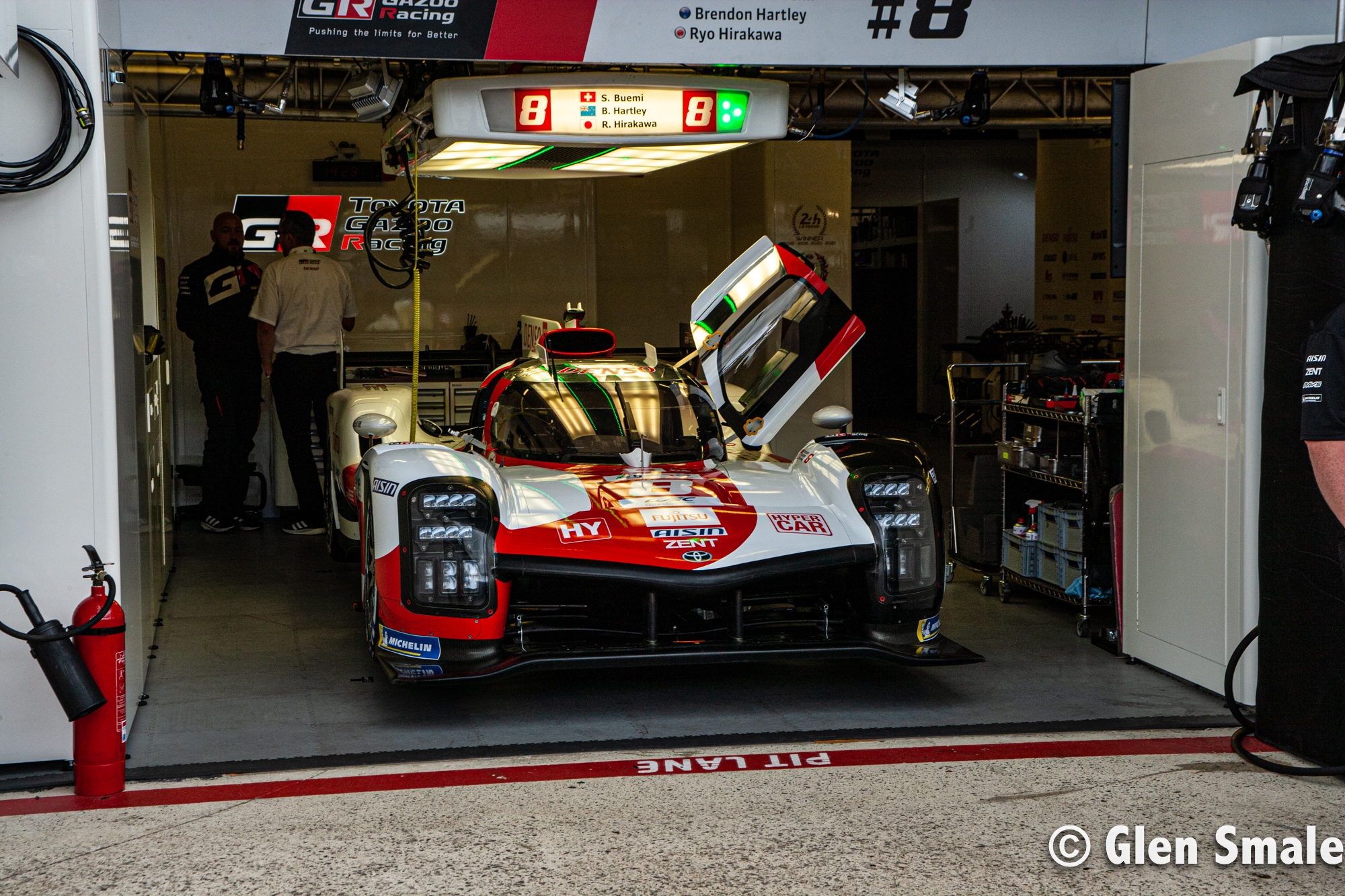
But the race is not just a matter of 24 hours of the most intense, highly competitive, door-handle-to-door-handle racing on the planet, there is just so much more to this age-old spectacle than that. For instance, the scrutineering sessions start the ball rolling at the beginning of race week, this is a two-day event held in the middle of the city of Le Mans and the ACO and the city authorities certainly know how to give the crowds who turn out for this show, something to remember. The vehicles are loaded onto roll-back recovery trucks at the circuit and driven through the town to be unloaded at the Place de la République where the locals gather in great number to watch the goings on. Once the cars have passed the technical scrutineering part, the drivers and team rejoin their steeds where they are presented all clean and sparkling for the press to photograph. But there is more, because this is where the drivers do a sweep of the crowds signing autographs and posing for innumerable ‘selfies.’
Then it is back to the circuit where on Tuesday there is no on-track action, but there is plenty for the public to see and do. For instance, this year there were numerous school tour groups with loads of kids all clambering for the autographs of their favourite driver(s) on hero cards that are handed in their thousands. Making your way up or down the pit lane at this time was quite a hazardous undertaking. This year also, being the first after the covid restrictions had been lifted, the familiar photo with all the drivers standing for the press, took place just before the group shot of the complete grid of cars. Organising all 62 cars in a precise sequence and layout was the task of one very patient individual, who had the authority of a Regimental Sergeant Major (RSM). It all came together rather well in the end, which says a lot for the ‘RSM.’
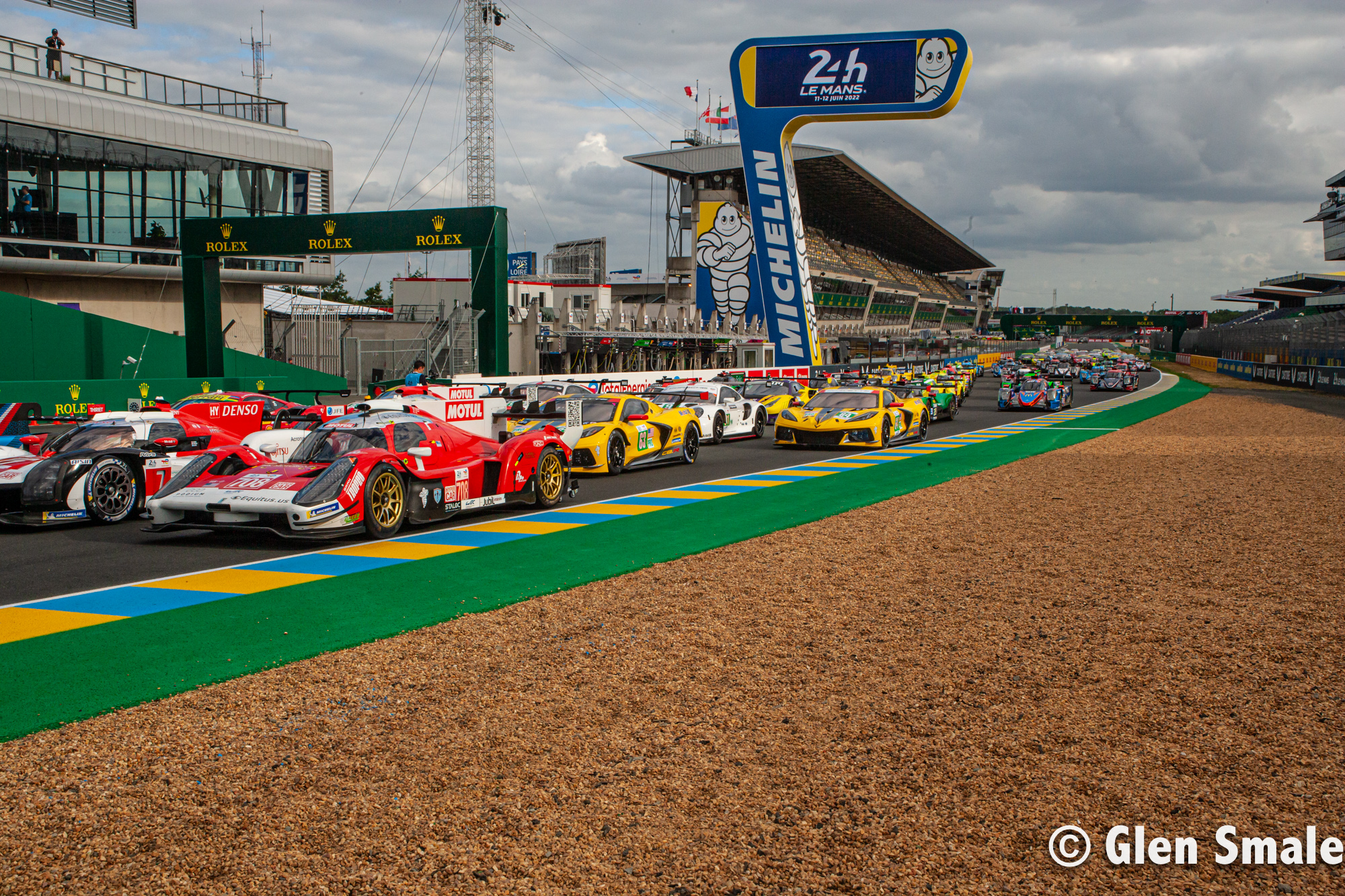
The Le Mans 24-Hour Museum, located at the main circuit entrance, was this year holding an exhibition to celebrate the achievements of the national marque, Peugeot, with a superb display of Le Mans cars from years gone by. The French manufacture has competed at Le Mans on many occasions, and over the years it has scooped three outright Le Mans wins: 1992, 1993 and 2009. They intend to improve on that record, because its new Hypercar 9X8 will soon be on track in pursuit of that goal.
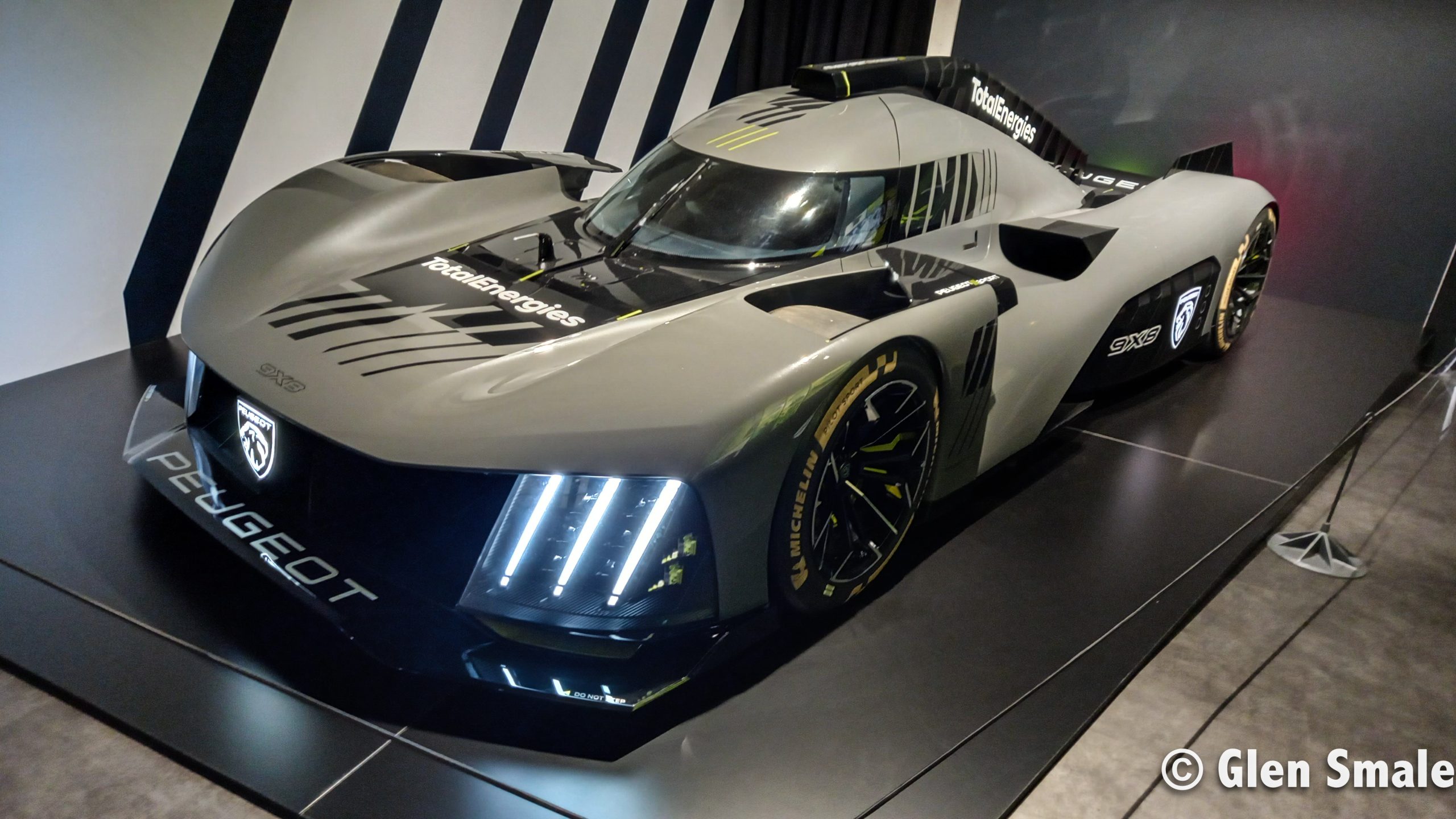
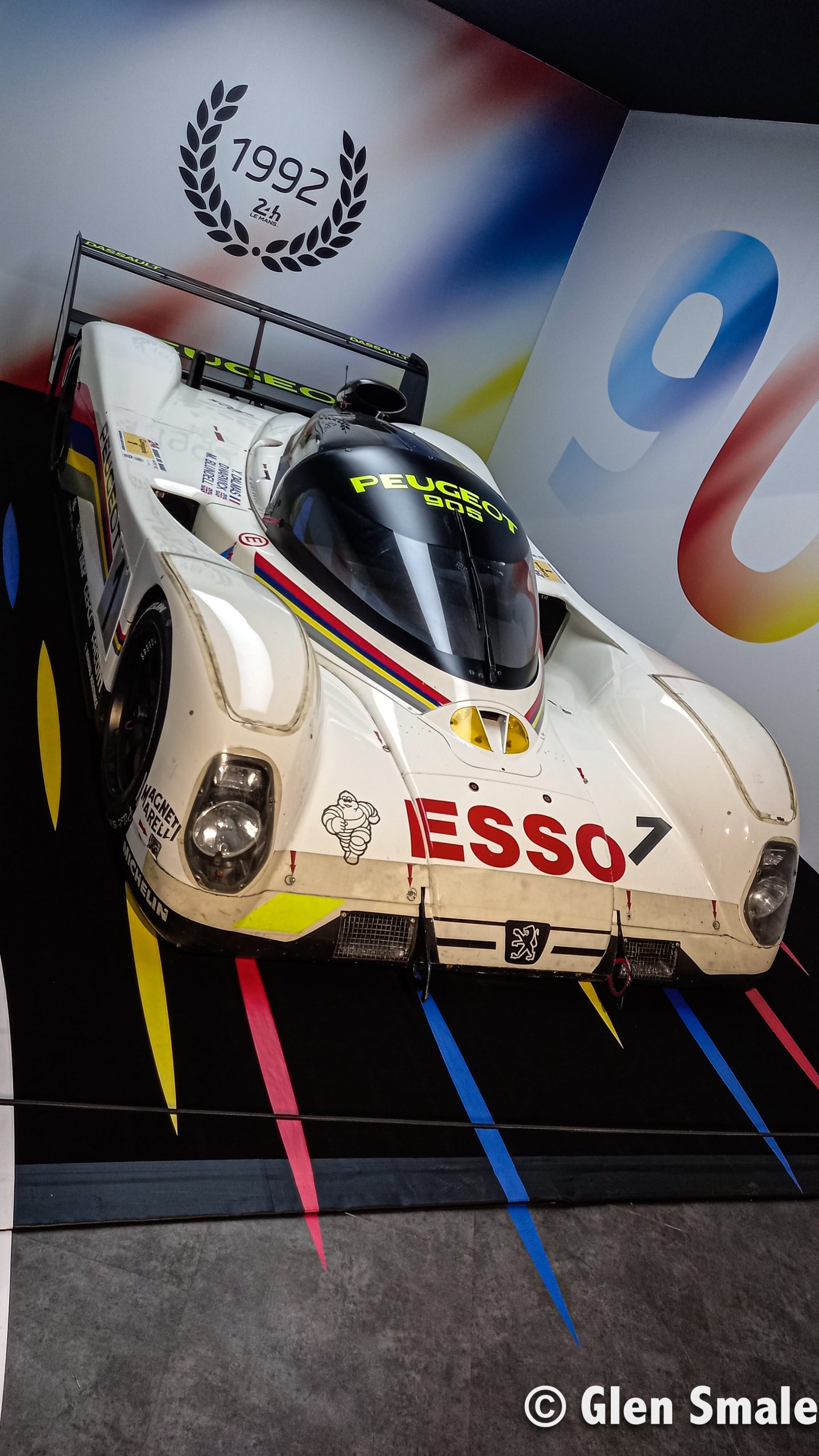
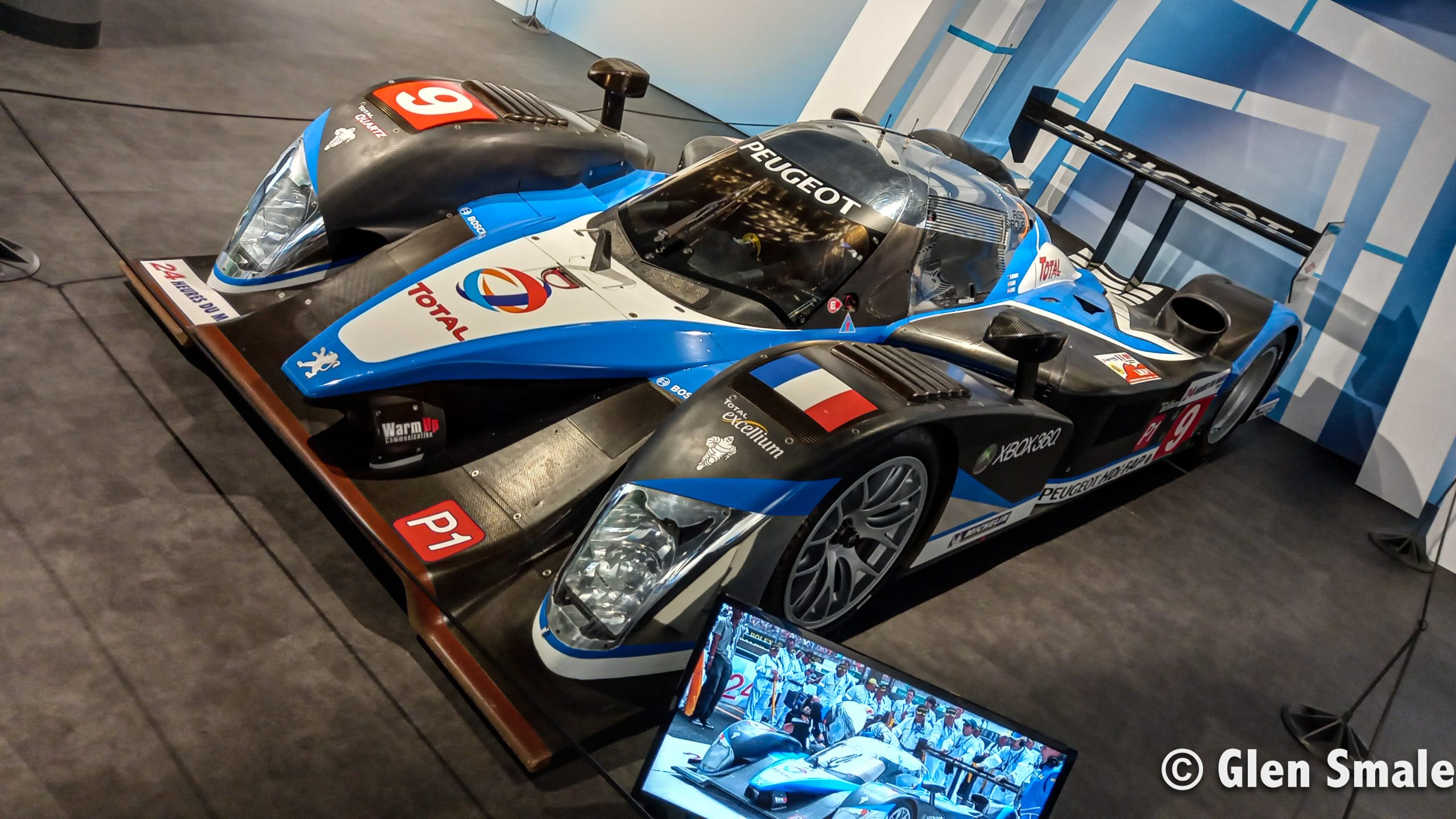
On Wednesday it was the first time that the cars were on track, with the various races running their first practice (FP1) sessions in superb weather, mild to warm and with no real threat of rain. There were a few spins and trips into the gravel, but nothing too serious. During the ‘Road to Le Mans’ FP1 session, the much publicised H24 Hydrogen car was out doing laps, in quiet contrast to the rather raucous LMP3 cars. The MissionH24 racer, with the starting number #24, seemed to circulate without mishap.
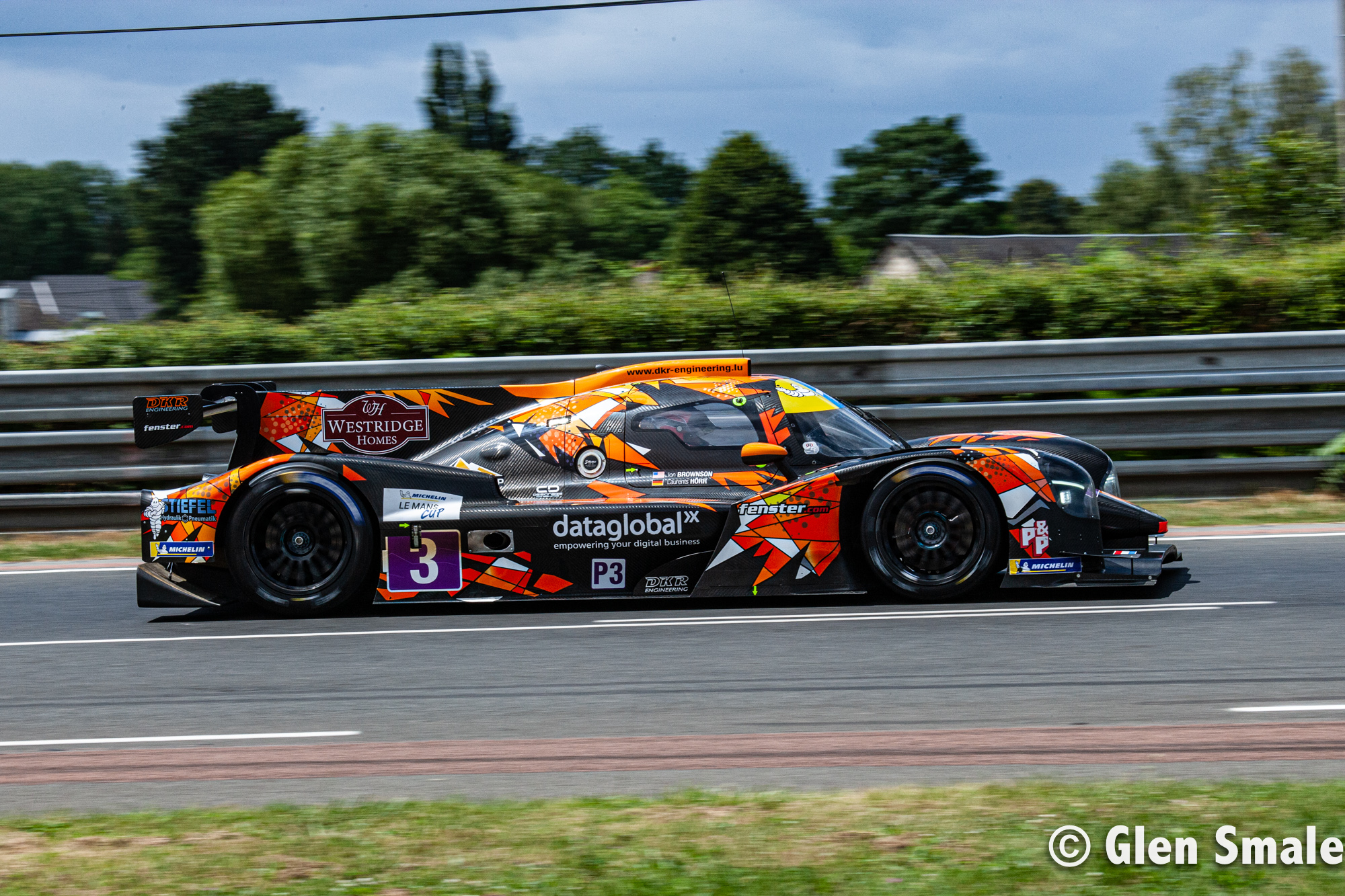
Notably, on Wednesday the No. 24 MissionH24 electric-hydrogen prototype set a speed record of 290.8 km/h on the Les Hunaudières straight. Its a record because there has never been an electric-hydrogen prototype of this sort racing here, but that is still some speed.
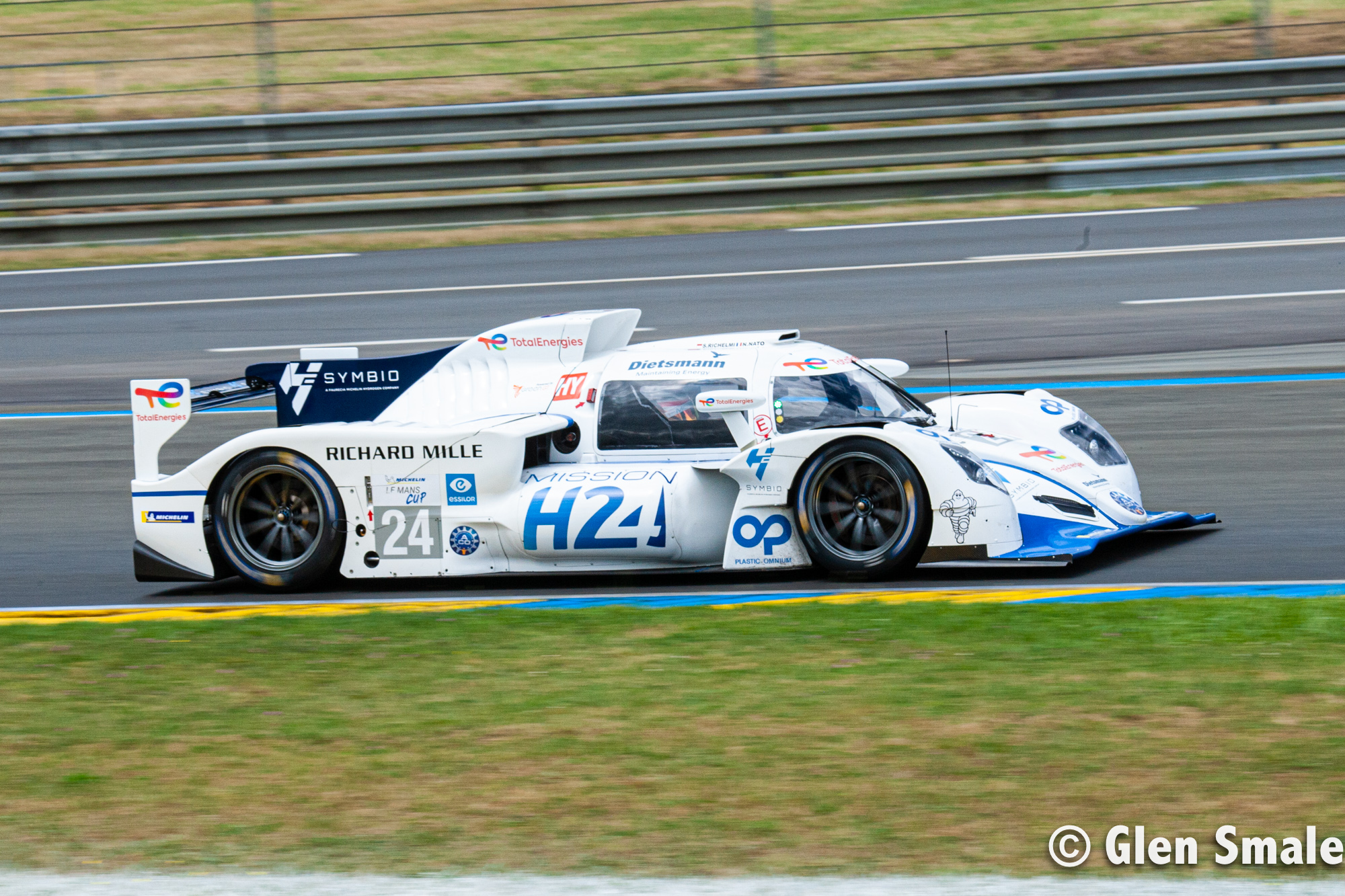
Just a half hour later it was the turn of the big guns, as the main players in the 24-hour race took to the track for the first time for their FP1 session. Although the drivers and teams are familiar with the process, Le Mans will always throw you a curved ball, so the teams have to be ready for any eventuality, like the No. 79 Porsche GTE Am that went off at the entry to the Porsche Curves. No damage was done this time, except perhaps to the driver’s ego, and the car slid and bounced its way through the gravel and onto the escape road, and then back onto the track, spreading gravel on the track as he went. Next up was the No. 88 Porsche GTE Am which became embedded in the gravel (at almost the same place as the No. 79 car earlier), this time requiring the Manitou recovery vehicle to lift it clear and back onto firm ground, whereupon it also resumed practice.
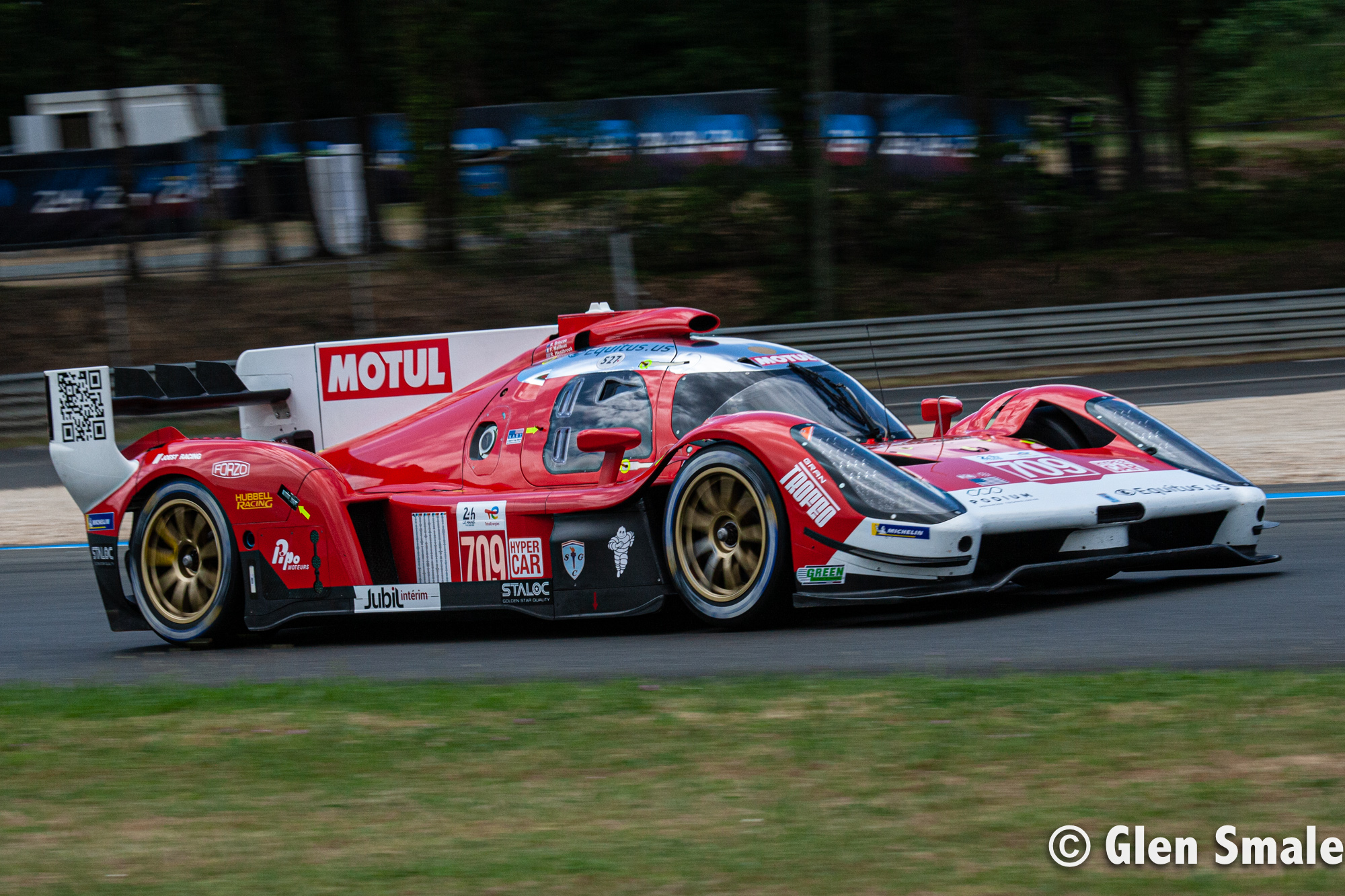
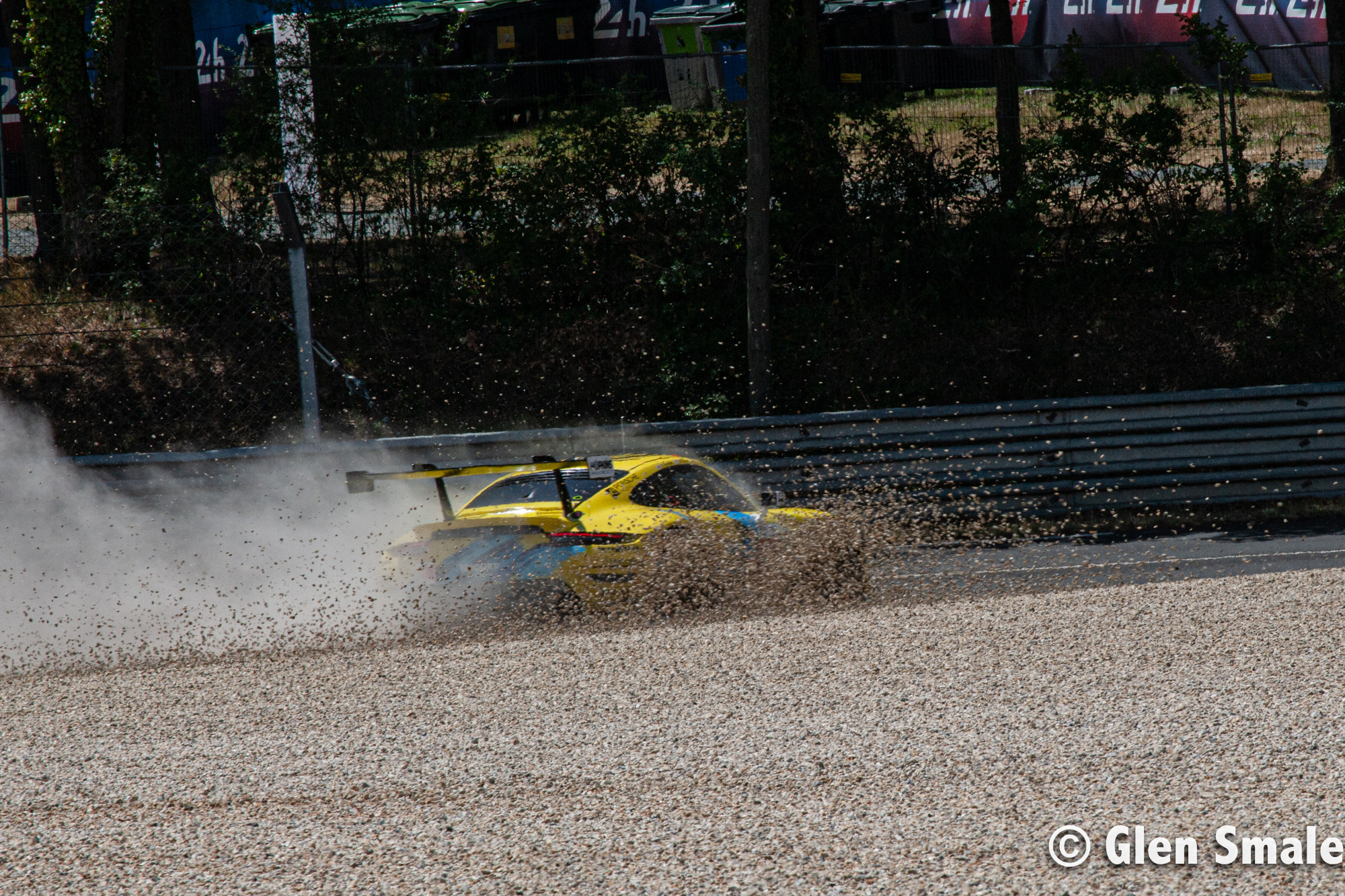
The practice sessions are of course intended for the purpose of seeing how the car handles, and getting it set up for the race proper, and so nothing is really read into the lap times. The No. 8 Toyota did, though, finish top of the table as expected, followed by the two Glickenhaus cars, with the second Toyota finishing in fifth place. The No. 23 United Autosports Oreca lead in LMP2, while the two Corvettes headed the GTE Pro class followed by the two works Porsches with the two Ferraris behind them. The No. 79 Weathertech Porsche GTE Am car that had slid off the track earlier, was the quickest in its class followed by the No. 86 GR Racing Porsche.
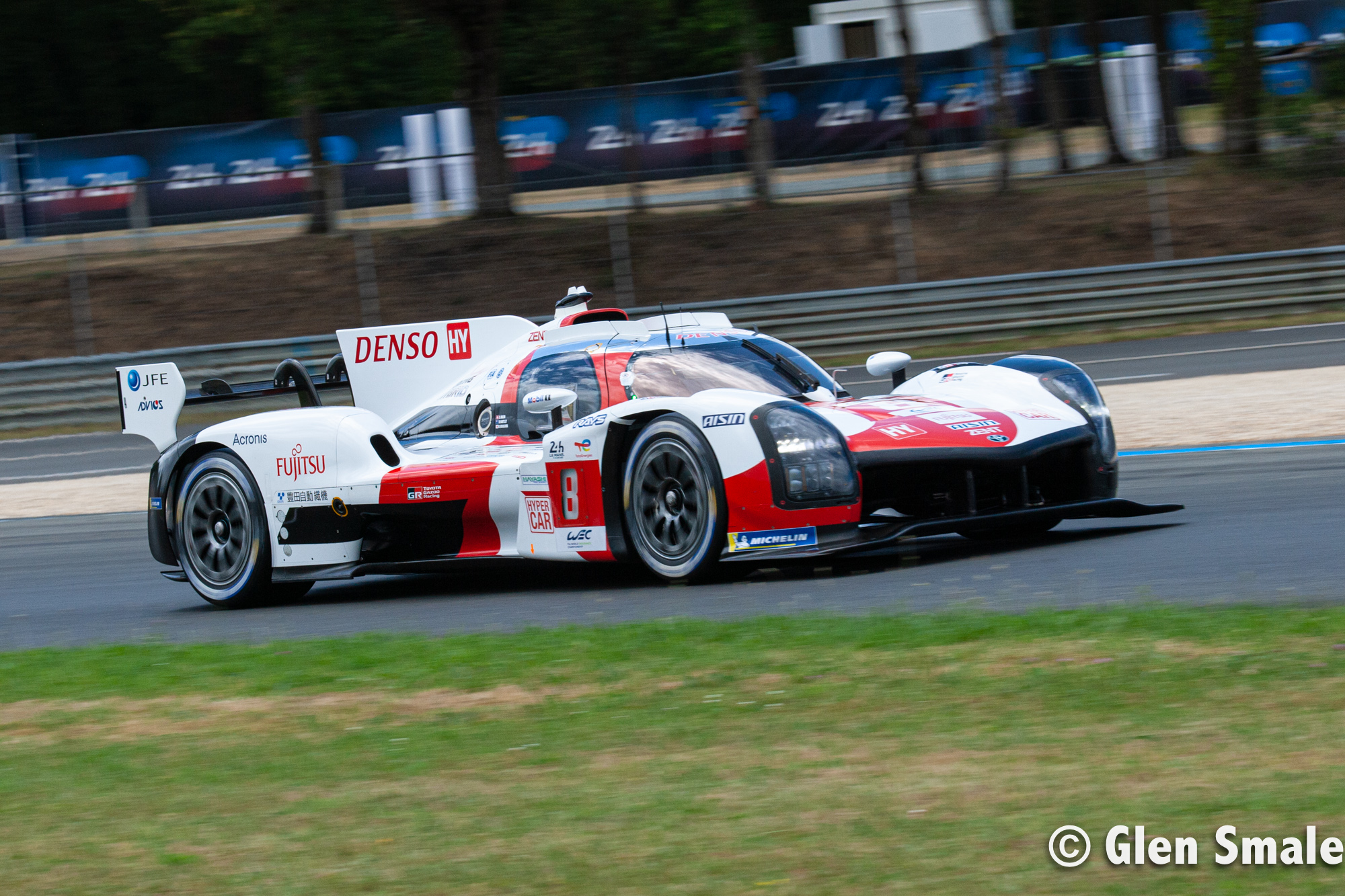
Later in the day, between 19h00 and 20h00, the Qualifying Practice (QP) session was held and with a darkening sky it was anybody’s guess as to what was going to happen. The purpose of this session is to qualify for the Hyperpole shoot out on Thursday, the six fastest cars in each class going through to the half-hour shoot out. Half way into the session, itself just an hour long, with everything having run smoothly so far, Brendon Hartley left the track in the No. 8 Toyota and ended in the gravel. No harm was done and the car was quickly returned to the pit garage so that it could be given a thorough inspection in time to return to the track as Hartley still had to complete a lap to qualify for the Hyperpole shoot out on Thursday. He got just two laps in before the session ended, but conditions had changed as the rain had started, and when he came back out it was on a slippery track and with cold tyres.
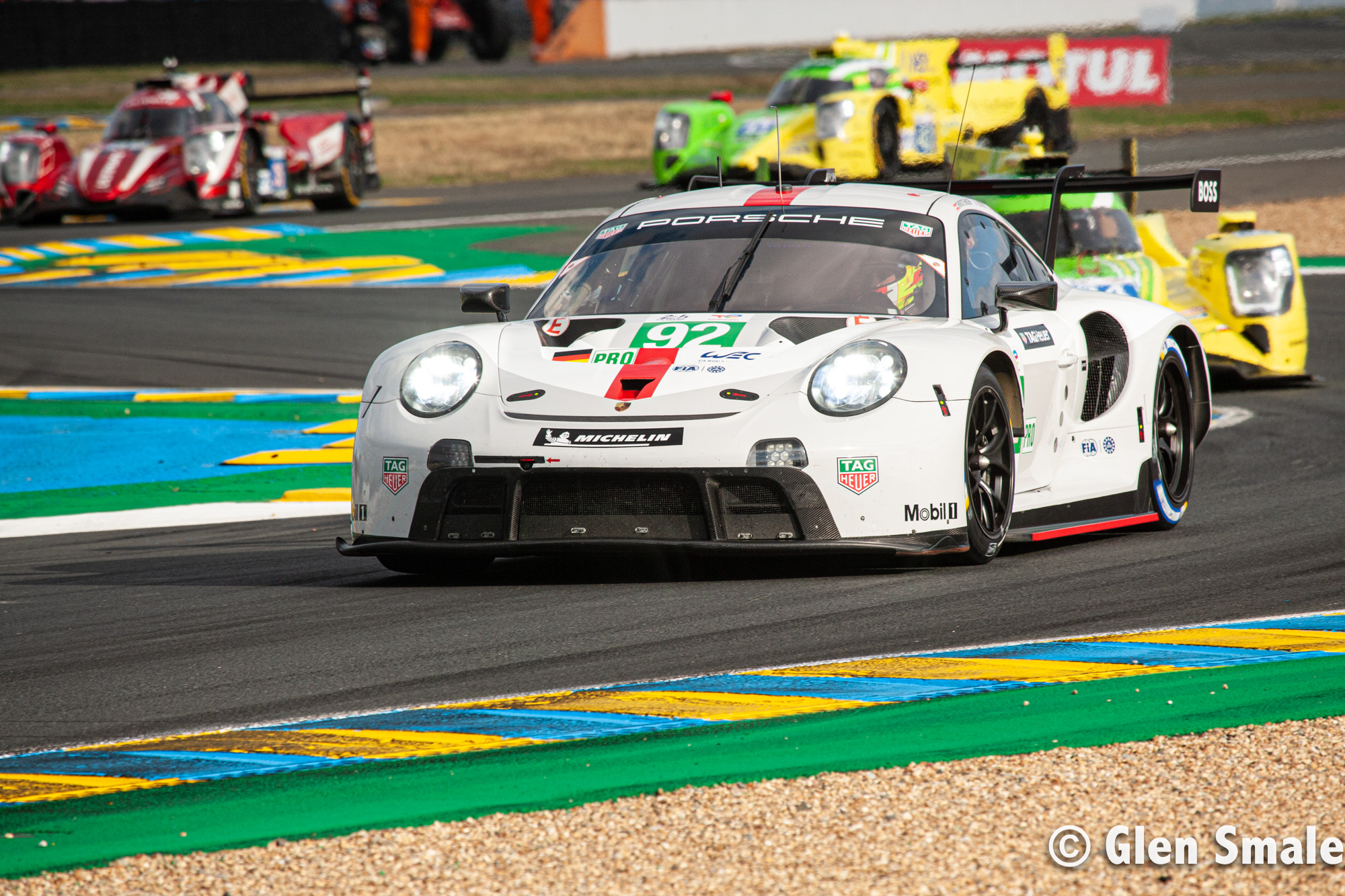
With only five cars in the Hypercar class, there was never really an issue of not qualifying, unless a car did not complete a full lap, so all of the cars in that class go through into the Hyperpole session. For the seven cars in the GTE Pro class, just one didn’t make it through, the No. 74 Riley Motorsports Ferrari, the remaining six did go through as expected. In the GTE-Am category, the cars that qualified for the Hyperpole shoot out include an Aston Martin, four Ferraris and a Porsche. In total, these 23 cars will fight it out for positions in their respective classes, while the rest of the field will fall in behind the top six cars in each class.
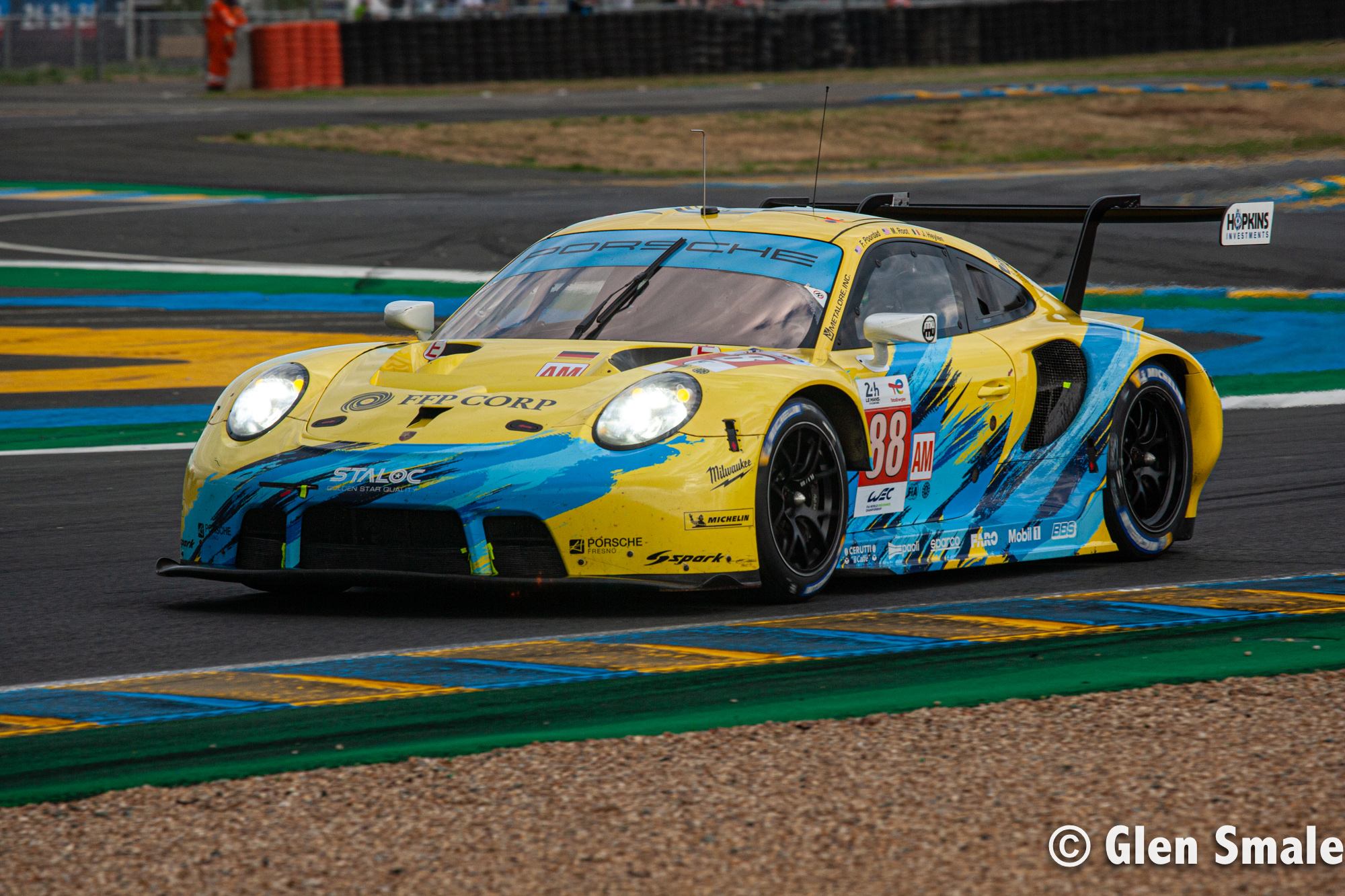
Unfortunately, the No. 93 Proton Competition Porsche 911 driven by Michael Fassbender, who celebrates his Le Mans debut this year, was involved in an accident on Wednesday evening during the QP session, but the car was repaired and back out on track on Thursday. The one Porsche that did qualify for the GTE Am class shoot out was the No. 77 Dempsey-Proton Racing 911 RSR driven by Harry Tincknell. Previously Tincknell piloted a Ford GT for a number of seasons very successfully in the GTE Pro class.
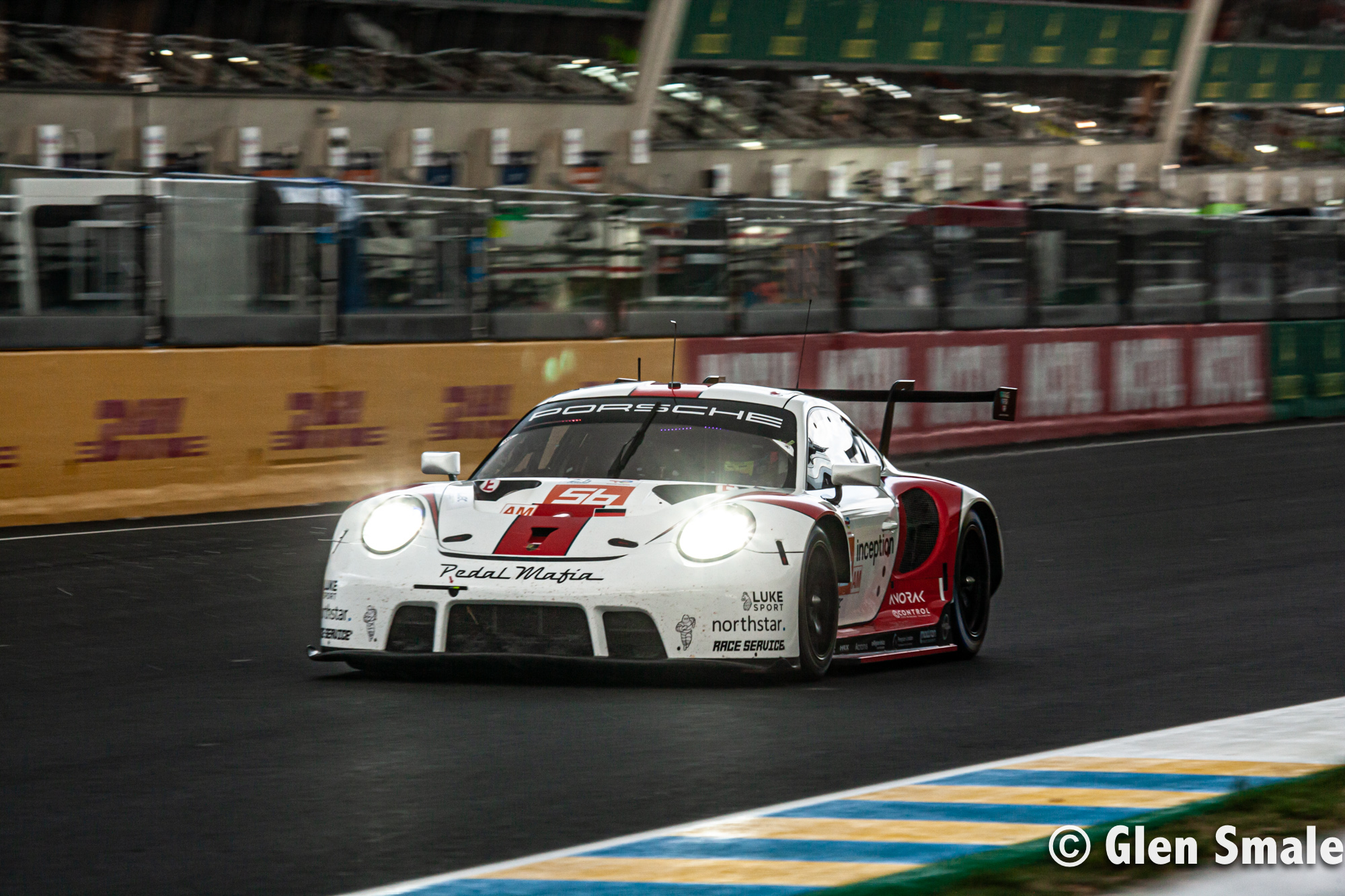
The FP3 session was held on Thursday afternoon between 15h00 and 18h00, and there were a fair number of spins. A LMP2 car went off at Indianapolis and a safety zone was set up in that area. Then a little later, another LMP2 car went off in the Porsche Curves, smacking into the wall and comprehensively wrecking the car and causing the red flag to be hung out while the area was cleaned up and the car removed.
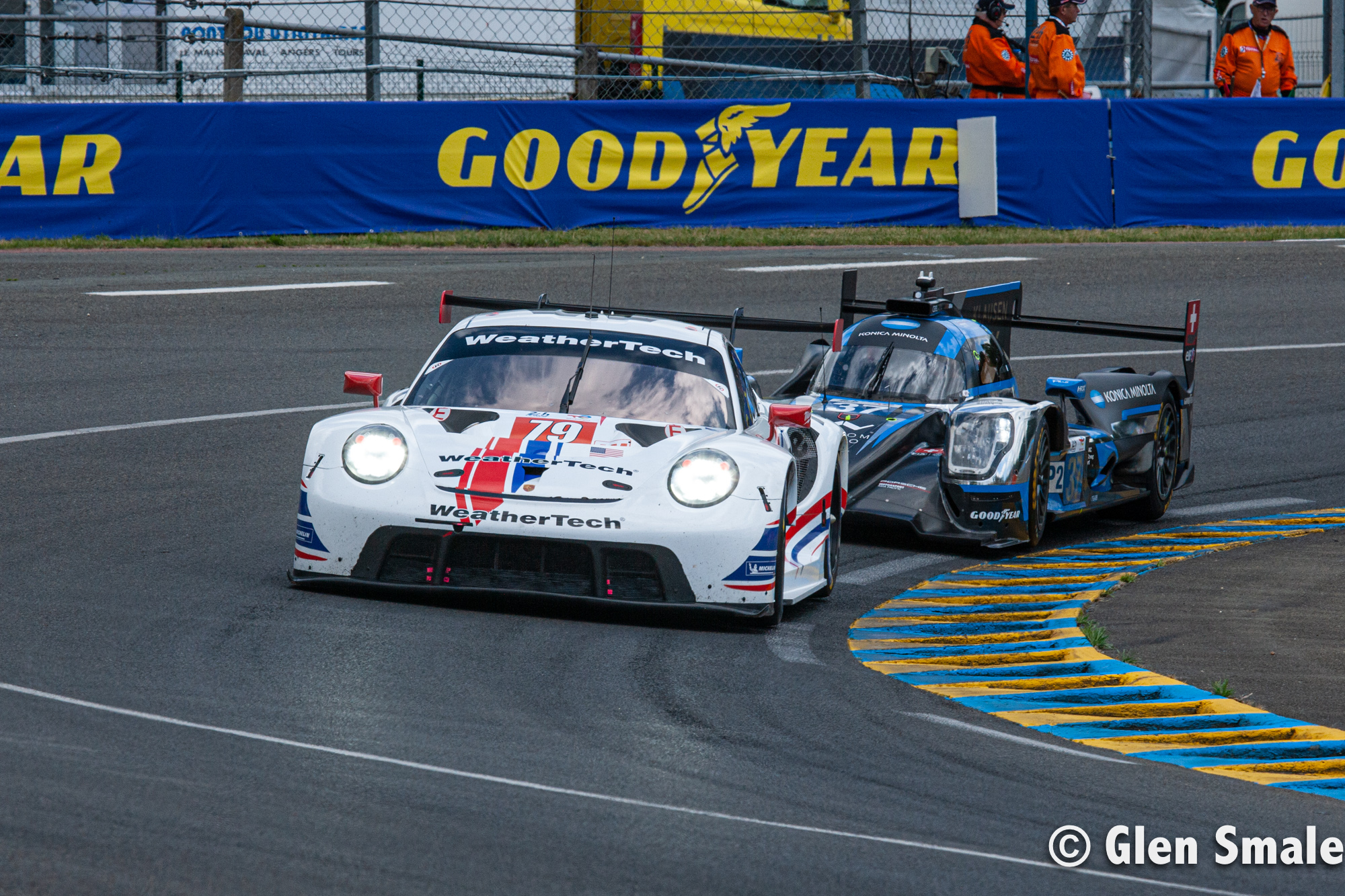
After the FP3 session, the Hyperpole shoot out commenced at 20h00 and ran for a half hour. The Hyperpole session turned out to be a spirited affair as Brendon Hartley in the No. 8 Toyota exchanged pole position with the No. 36 Alpine of Nicolas Lapierre several times. Everytime the French Alpine edged ahead of the Toyota, there was a great uproar from the crowd. At the end of the session the No. 8 Toyota claimed pole with the sister Toyota alongside, and the Alpine in third place. The No. 31 WRT team claimed pole in the LMP2 class, the No. 64 Corvette in GTE Pro and the No. 61 Ferrari in GTE Am. The evening concluded with the FP4 session from 22h00 to midnight.
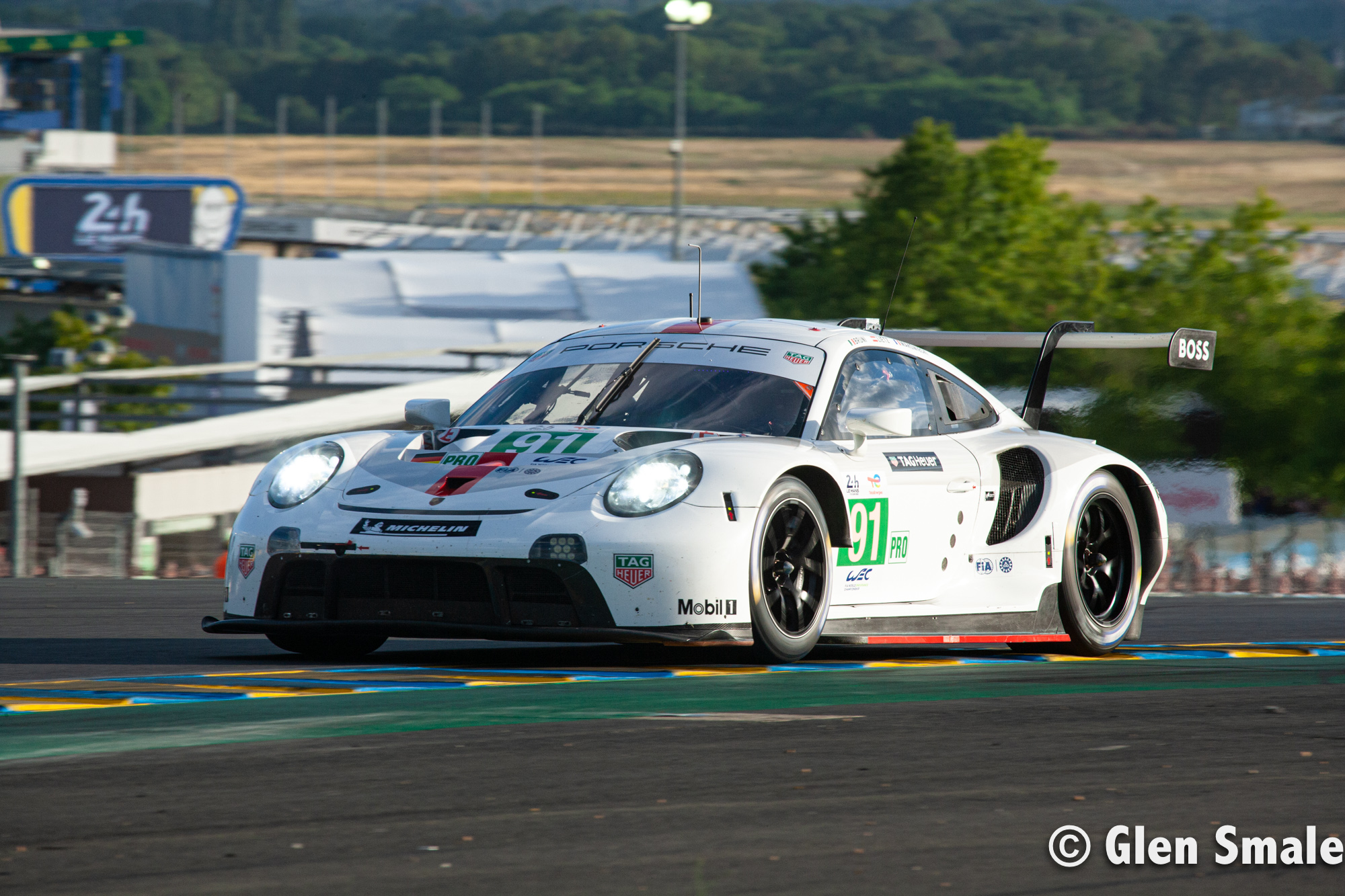
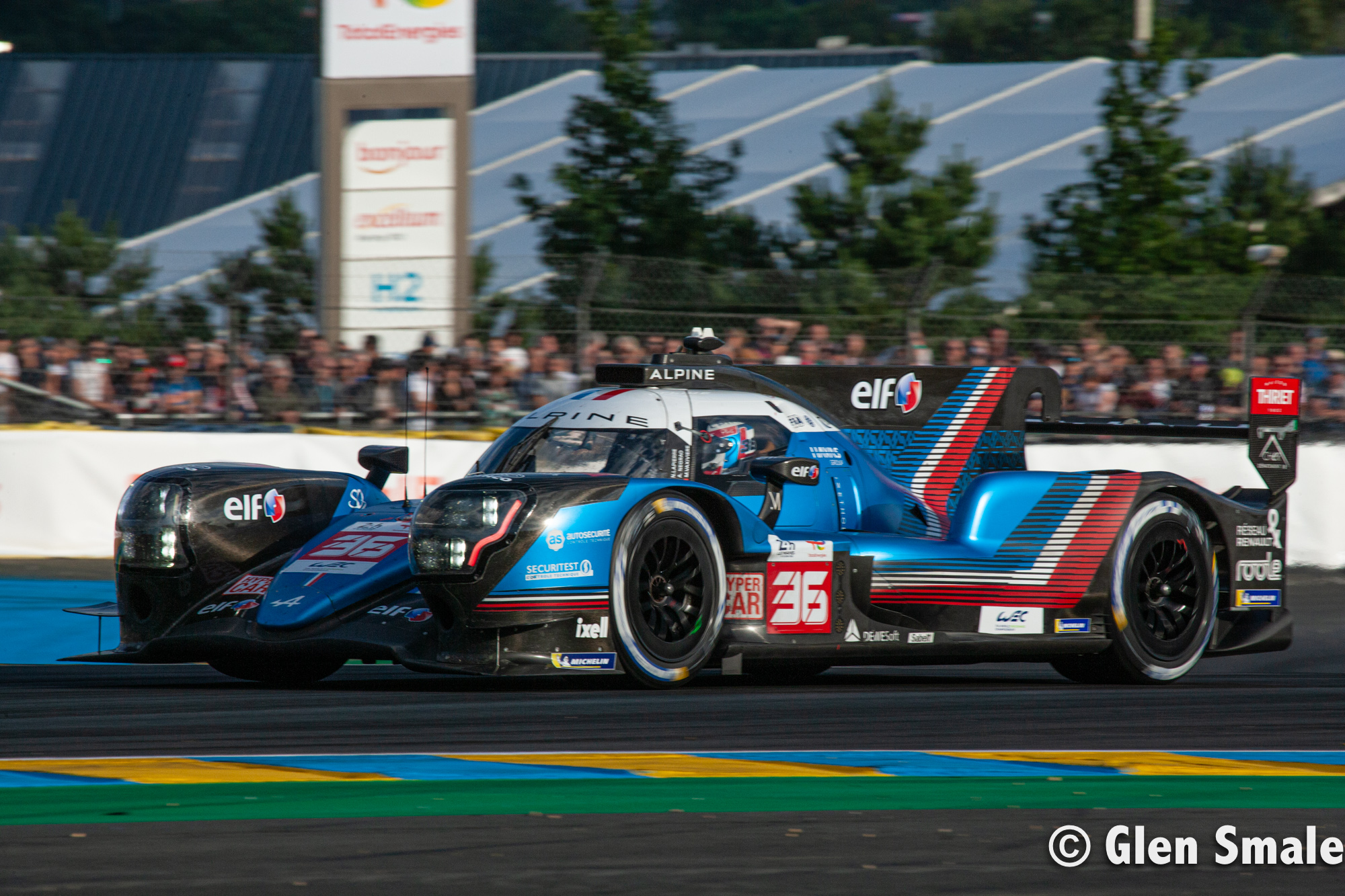
On Friday there is no track action as the teams prepare the cars for the start of the big race on Saturday. At 16h00 on Saturday is when the rubber hits the road, and there is no more time for indecision, its just 24 hours of wall-to-wall racing until the chequered flag is waved on Sunday afternoon, bringing the 90th Le Mans 24 Hours to a close.











